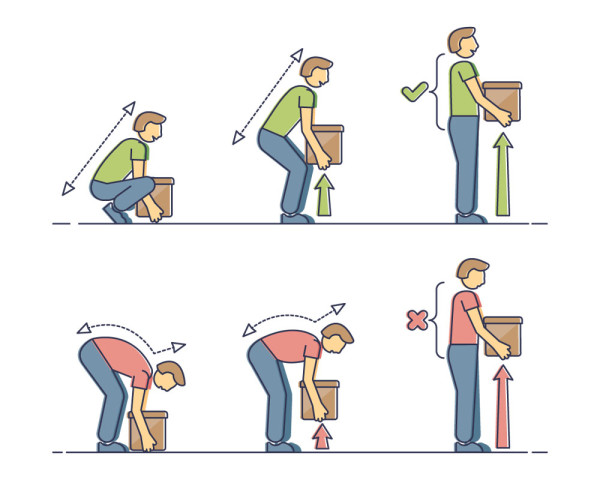Abdominal hernias in adults
An abdominal hernia is a lump that happens when an organ or tissue pushes through a weak spot in the wall of your abdomen (tummy). If an abdominal hernia is small and not causing you problems, it may not need treatment. Other hernias may need surgery to repair them.
Types of abdominal hernia
The most common places for a hernia are:
- in your groin (inguinal or femoral hernias)
- around your belly button area (umbilical hernia)
- below your breastbone (epigastric hernias).
Sometimes they happen in areas where there is already a weakness, such as from previous scars (incisional hernias).
Hiatus hernias are different. These happen when a part of your stomach pushes up through your diaphragm into your lower chest. They can be a cause of heartburn and acid reflux.
The Royal Children's Hospital Melbourne has information on hernias in tamariki.
Inguinal hernias in children — The Royal Children's Hospital Melbourneexternal link
Causes of abdominal hernia
You can have a hernia present at birth or one can develop gradually over time. Sometimes they are caused by sudden force or strain, such as lifting or pushing something heavy. They can happen at any age, but they are more common in men.
Risks for having an abdominal hernia
- Being an unhealthy weight increases your risk of developing a hernia, so try to maintain a healthy weight.
- Straining to pass poo can increase your risk of developing a hernia, so try to avoid constipation.
- Having a persistent (chronic) cough or allergies that cause chronic sneezing — talk to your healthcare provider about managing these.
- Sometimes a hernia can develop when you lift something heavy so you should always use a good lifting technique (see the illustration below). Ask for help rather than lifting too much weight on your own.

The right way to lift an object to help protect you from injury (top, in green) and the wrong way (bottom, in red).
Symptoms of abdominal hernia
You may have no symptoms, but you may notice a lump or bulge in your groin or abdomen. The lump will come and go.
Lumps may be more noticeable after coughing, straining (such as lifting something heavy), and when standing.
Often hernias do not cause pain but you may get some discomfort.
Diagnosing an abdominal hernia
If you have a lump that you can see or feel in your tummy, you may have a hernia but there may be other causes.
Your healthcare provider will ask about your symptoms and examine your tummy. Sometimes, they will need to examine you when standing up as well as lying down. You are not likely to need any tests or scans to get a diagnosis.
Treating an abdominal hernia
If an abdominal hernia is small and not causing any symptoms, it may not need any treatment.
You may need surgery to repair your hernia if it:
- is large
- causes discomfort
- limits your ability to work or do activities of daily living.
The Accident Compensation Corporation (ACC) is a government agency that helps pay for treatment if you are injured in an accident.
The ACC provides comprehensive, no-fault personal injury cover for all residents and visitors to Aotearoa New Zealand. This means if you are hurt in an accident, ACC can help no matter who caused the accident.
If you have an accident and need emergency care in a hospital, it will be covered by ACC.
ACC usually pays some of the other medical costs if you have an accident, like surgery, physiotherapy and medicines. ACC may also be able to cover some loss of earnings resulting from an accident.
I'm injured — The Accident Compensation Corporation
Preventing an abdominal hernia
Being overweight increases your risk of developing a hernia, so try to maintain a healthy weight.
Straining to pass poo can increase risk of developing a hernia, so try to avoid constipation
Sometimes a hernia can develop when you lift something heavy so you should:
- always use good lifting technique
- ask for help rather than lifting too much weight on your own.